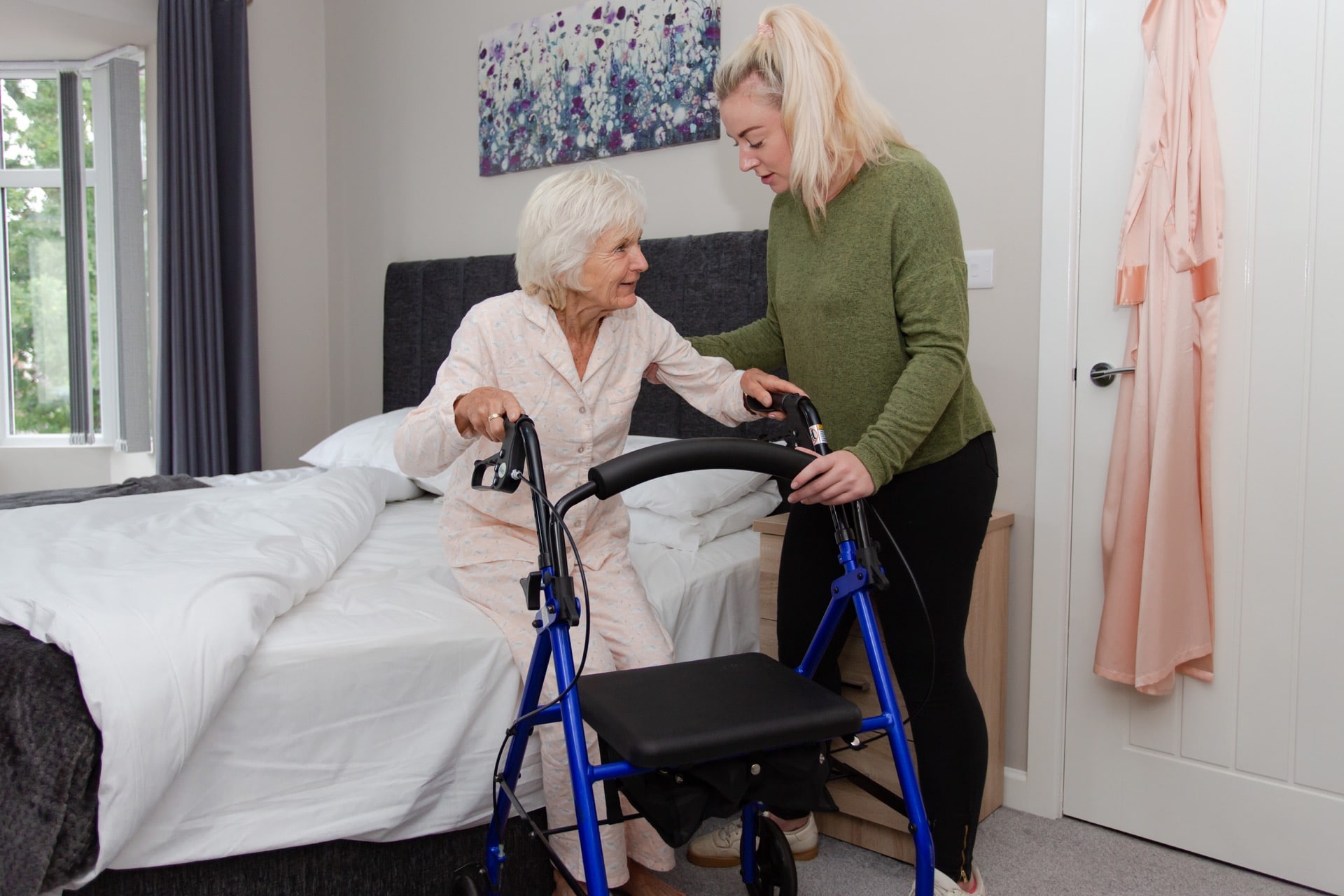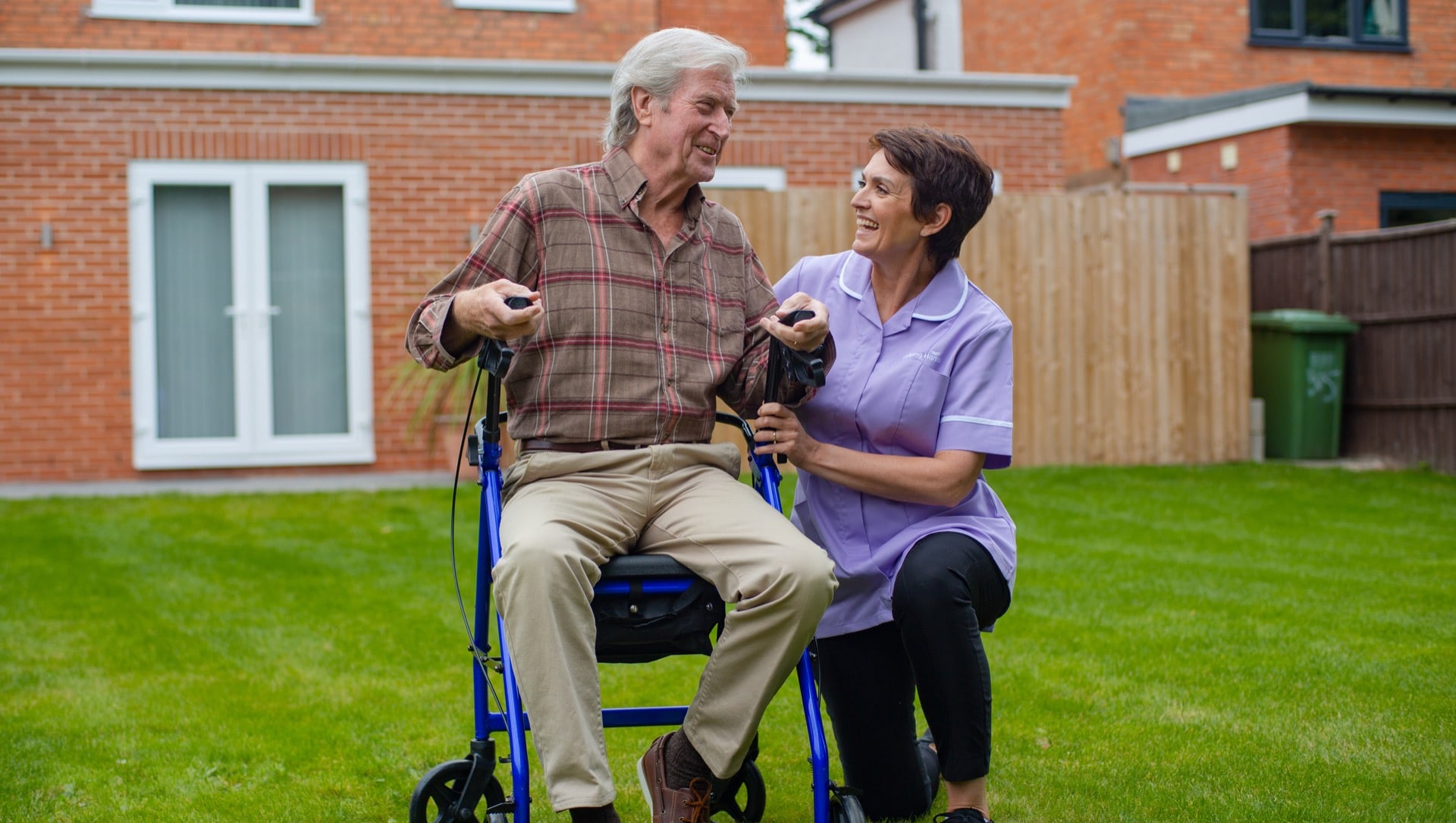Autonomic dysreflexia

What is autonomic dysreflexia?
AD is a nervous system response to noxious stimuli in people with a spinal cord injury.
Autonomic dysreflexia, also known as hyperreflexia, means an over-activity of the autonomic nervous system causing an abrupt onset of excessively high blood pressure. People at risk for this problem generally have injury levels above T-5.
Autonomic dysreflexia (AD) can develop suddenly and is potentially life threatening and is considered a medical emergency. If not treated promptly and correctly, it may lead to seizures, stroke, and even death.

How does autonomic dysreflexia occur?

AD occurs when an irritating stimulus takes hold in the body below a spinal cord injury.
Autonomic dysreflexia happens when an irritating stimulus, such as an overfull bladder, is introduced to the body below the level of a spinal cord injury – causing nerve impulses to be sent to the spinal cord, where they travel upward until they are blocked by the lesion at the level of injury. Since the impulses cannot reach the brain, a reflex is activated that increases activity of the sympathetic portion of autonomic nervous system. This results in spasms and a narrowing of the blood vessels, causing a rise in blood pressure.
Carers trained to respond to an imminent attack
All of our carers receive expert nurse-led training that equips them to be able to spot the signs of an imminent AD attack – allowing them to provide swift and proper treatment that can help to prevent the most severe symptoms occurring.
Carers are able to support the customer by identifying and removing the cause where possible and administering any rescue medication such as GTN spray if needed. Our carers will work with our Clinical Lead Nurses to reduce the risks of AD as much as possible. This includes following a robust bladder and bowel management routine along with bespoke care planning and risk assessments.

Our customers love our carers because they are:
Dedicated and compassionate
At Helping Hands, we have a rigorous recruitment process which means we only hire truly compassionate carers who share our person-centred family values
Directly employed by us
We directly employ all of our carers, so we take full responsibility for managing their workload, maintaining their wellbeing and paying them
Expertly trained and fully vetted
Every carer is fully DBS-checked and receives our industry-renowned training which equips them to provide dedicated end-of-life care

Signs and symptoms of autonomic dysreflexia
There are a number of common signs of an imminent autonomic dysreflexia attack.
Although it is possible for AD to be asymptomatic, there are a number of signs and symptoms that may signal an imminent attack, which our carers are trained to recognise. These include:
Nausea
Pounding headache
Goose pimples
Sweating above the level of injury
Nasal congestion
Cold, clammy skin below spinal injury
Slow pulse
Blotching of the skin
Restlessness
Flushed face
Causes of autonomic dysreflexia
Carole Kerton-Church, Regional Clinical Lead at Helping Hands, comments:
“Autonomic Dysreflexia or AD affects people with a spinal cord injury which has occurred above the T6 vertebrae. It can be a life-threatening condition requiring urgent intervention as if left untreated it can result in stroke, seizures, or cardiac arrest – early recognition of the symptoms is vital.”

The most common stimuli for AD are related to:
Overfull bladder
A bladder being overfull due to a blocked catheter or overfull drainage bag
Bladder infection
Bladder stones, an infection or a bladder spasm which can occur during a routine catheter change
Constipation
Constipation, trapped gas, faecal impaction or even the stimulation from routine bowel management
Wounds
Open wounds, untreated wounds, pressure sores, sunburn, scalds and insect bites below the spinal cord injury
Medical complications
Ingrown toenails, menstruation, child birth, bone dislocations or fractures, deep vein thrombosis, and more
Medications
Medication such as nasal decongestants, misoprostol, sympathomimetics and stimulants
Fully regulated by the CQC / CIW
Here at Helping Hands, our home care services are fully managed and regulated by the Care Quality Commission (CQC).
From your very first phone call to our friendly team, every aspect of your home care service is independently monitored and regulated by the CQC and Care Inspectorate Wales (CIW).
What does regulation mean?
Being regulated by these two bodies means our care must meet certain criteria and standards
Why do we choose to be regulated?
We offer a regulated care service so that every customer can have full peace of mind
How does regulation affect my care?
Regulation means that care from Helping Hands will be reliable, consistent and industry-approved
How to arrange home care
We try to make arranging care simple and stress-free so that we can focus on what really matters: your care needs. Speak to our team today to begin your journey.
Speak to our team
Call our team of experts to talk through your options and any questions you may have
Free home care assessment
Your local Helping Hands manager will visit you to discuss your care requirements
Find your carer
We’ll help to match you with a carer who meets your preferences and has the right skills
Autonomic Dysreflexia FAQs
-
What is autonomic dysreflexia?
-
Autonomic Dysreflexia is the sudden onset of excessively high blood pressure that occurs in people with spinal cord injuries.
-
How does autonomic dysreflexia occur?
-
Autonomic dysreflexia occurs when something happens to your body below the level of injury. This can be a pain, irritant or a normal function that your body may not notice.
-
How to prevent autonomic dysreflexia
-
Autonomic dysreflexia is caused by an irritant below the level of injury, including the bladder: irritation of the bladder wall, urinary tract infection, blocked catheter or overfilled collection bag.; the bowel: distended or irritated bowel, constipation or impaction, haemorrhoids or anal infections. To prevent autonomic dysreflexia, it is worth maintaining continence care, whilst also not placing any unnecessary stress on the spine.
-
When does autonomic dysreflexia occur?
-
Autonomic dysreflexia may occur within the weeks to years after experiencing a spinal cord injury. Most people at risk develop their first episode within 12 months after injury.
Page reviewed by Deanna Lane, Senior Regional Clinical Lead, on October 15, 2021.